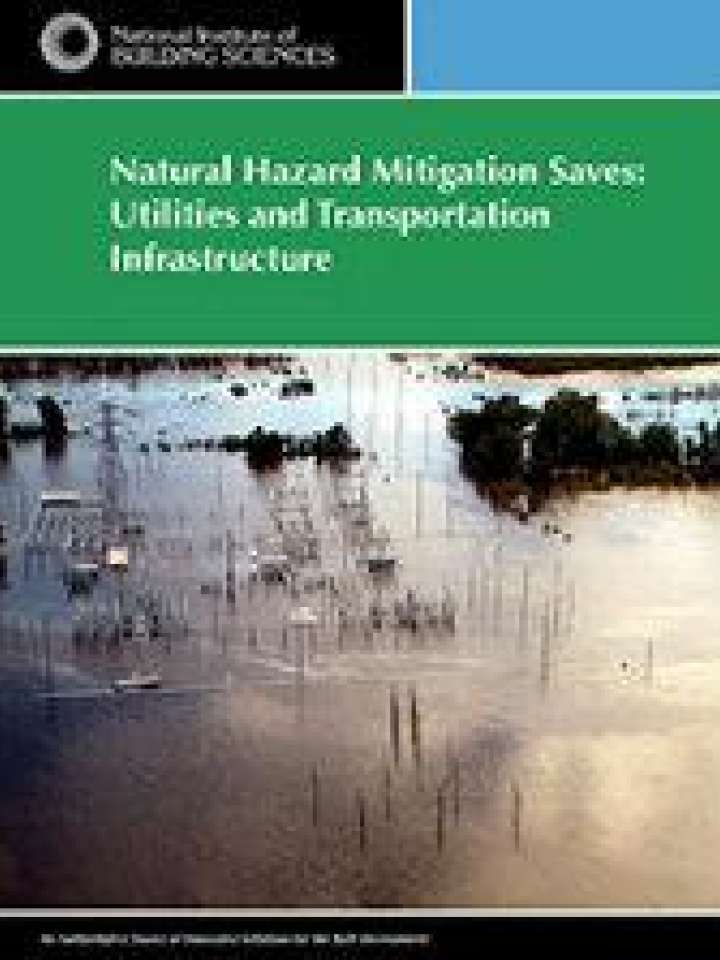Natural hazard mitigation saves: Utilities and transportation infrastructure
This report examines the potential benefits associated with natural hazard mitigation investments made on select utility and transportation infrastructure in the United States. The project team set out to estimate benefit-cost ratios (BCRs) for four categories of infrastructure: water and wastewater; electricity and telecommunications; ports; and roads and railroads, across four perils: earthquake, flooding, wind, and fire at the wildland-urban interface.
The project team sought to use Economic Development Administration (EDA) grants to represent the population of mitigation measures for each combination of peril and infrastructure with any significant mitigation activity. During the progress of its research, the project team found that, although EDA had issued 859 grants as of early 2017, only 16 appeared to fund natural-hazard mitigation of utilities and transportation lifelines. Of these, the team was able to acquire sufficient data to estimate BCRs for 12 mitigation investments. Because too few EDA grants were available to provide statistical value, the project team modified its objectives. In light of these limited data, the team instead decided to analyze the grants as case studies to show the degree to which mitigation of utilities and transportation lifelines can be cost effective. In some cases, new analytical procedures were developed and documented to provide other analysts with new tools to use in benefit-cost analysis (BCA).
Sections 2 through 5 summarize the benefit-cost analyses of 12 EDA grants. Section 6 summarizes the BCA of a resilient water supply grid. Section 7 summarizes the BCA of a resilient electric grid. Section 8 summarizes the BCA of the Caltrans highway bridge mitigation program. Bibliographic references are provided in Section 9.
Explore further
